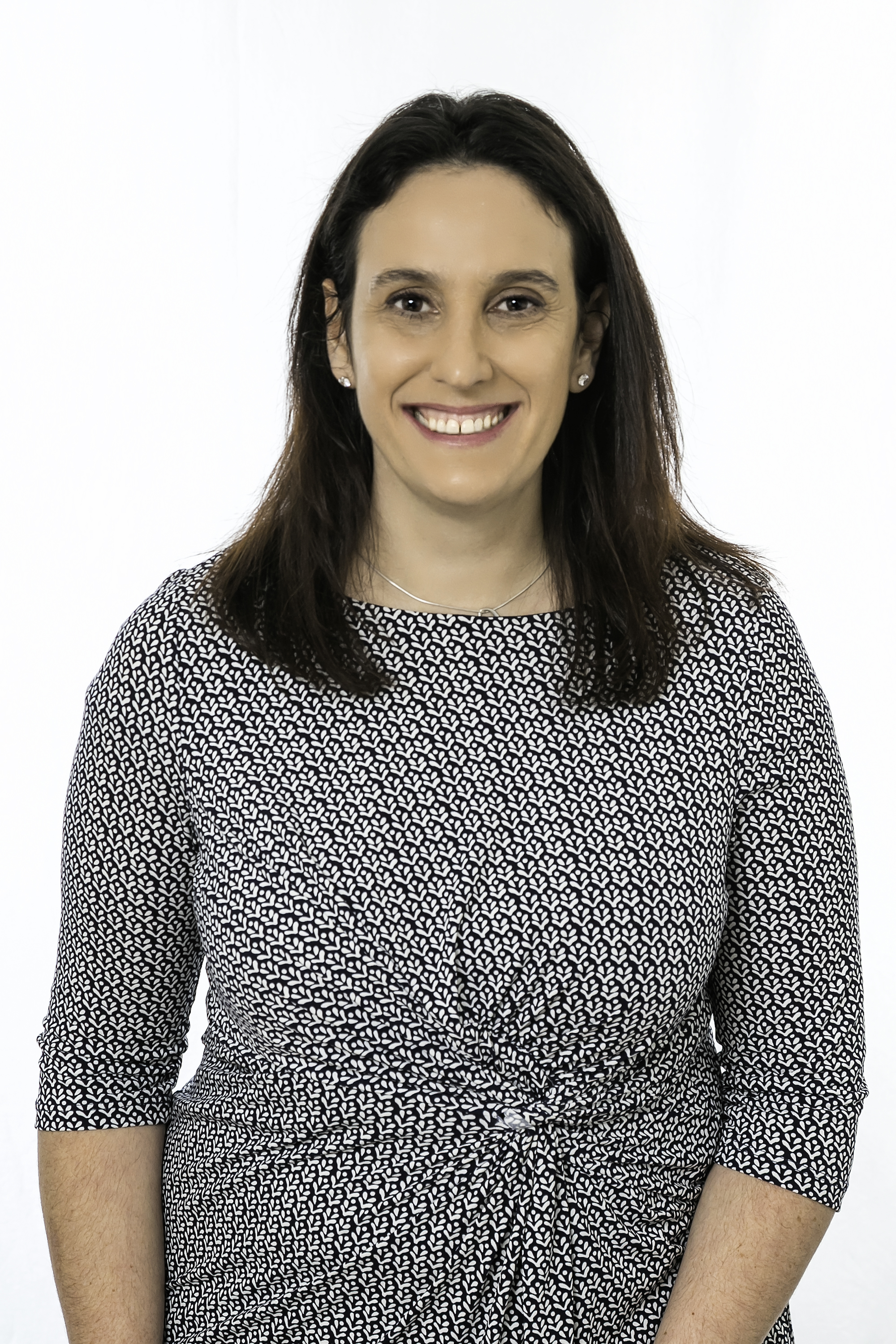The modern workplace is a source of constant change, stimulation and challenge. For many people in the workplace, busy is the new black!
Are you working on overdrive and can’t seem to get any balance in your life? Do you find yourself having to constantly switch your attention to juggle competing tasks? Do you end your day feeling totally drained and feel there is not enough time in the day? Do you neglect to look after your health? Do you find yourself often saying “I am busy!”? Then please read on…
In this blog, I will share some tips to stay calm, manage your stress and keep a clear head – even when it feels like chaos is all around you.
My interest in the topic of busyness at work was first sparked when I noticed that so many people around me: my clients, my colleagues, friends and family all described their typical day as busy. I noticed too, that being busy was my normal default response and I did not like the feeling that I was falling down a rabbit hole. It was no longer a good enough excuse for not looking after myself and not having time for the important people in my life. I wasn’t going to just accept this for myself or the people around me. This was not OK.
Lesson from emergency services:
I have always been fascinated by the fact paramedics are trained to come out of their ambulance calmly and not to rush to an accident scene, to allow them to think clearly and see the whole picture. I have come to realise this clear headed approach applies to ‘most work’ situations. We all need to be able to step back and take a birds-eye view of our situation to make informed and rational decisions.
Alarm bells: When people are too scared to be anything ‘but busy’
I work with a lot of medical, allied health professionals and people from all walks of life in both a counselling and training capacity. It alarms me how many people feel they are too busy to take a break at work or feel guilty when they do. One nurse told me she didn’t even have time to stop, check in her with herself and slow down breathing whilst she was on duty because there was too much to do. Just like her, many employees (and you may relate) spend their days in a state of perpetual stress and report symptoms of anxiety on a daily basis. Even the thought of slowing down, walking rather than jogging to the next client, customer, patient or task can make some people feel they would be wasting time. But really to think clearly and to reduce errors, this is exactly what is needed.
I know it is a cliché…but to ‘stop and smell the roses’ in whatever work you do is necessary. I call it the pinch technique (just like children and some adults do when they are sleeping to check whether or not they are dreaming), where you STOP and review your current situations: e.g. check your breathing rate, energy level, how fast you are moving and where your thoughts and emotions are at, etc.
Cold statistics: Negative impact of Busyness
But what effect is this culture of ‘Busyness’ having on our working lives?
Did you know…sixty-five percent of employees report moderate to high stress levels that not only impact work productivity but day-to-day functioning and quality of life. If that’s not scary enough, 2/3 of the world’s employees feel overwhelmed and only 13% of employees around the world are actually engaged at work (Bersin, 2014).
Where was I? – Busyness and poor attention
More and more people in the workplace struggle to focus their attention on one thing for an extended or even short period, due to working in a fast paced, hyper-kinetic workplace – where their attention is constantly shifting. “So what?” you may say. But this is where ‘use it or lose’ it applies to brain functioning… if you don’t work on your attention than your capacity to focus will diminish, leading to an increase in adults presenting with attentional issues and ADT (Attention Deficit Traits). The negative consequences of poor attention are: decreased productivity, increased errors, difficulties with working memory and more accidents in the workplace.
5 tips to shift from feeling busy to being calm:
Step #1 Energy boosters (20-60 minutes per day)
A wise woman put a spotlight on this for me recently, and reminded me that you can’t continue to put all of your energy into what you do, without replenishing your own energy and expect to thrive. As a mum, wife, friend, psychologist, trainer and business owner it is so easy to forget I am not a superwoman and need to stop for fuel, otherwise I will burn out. This is why daily energy boosters/ self-care activities is so essential.
We are all different in terms of what energises us. You may not have to think too hard to work out what fuels you. It may just require reflecting back over the last week, but for others it may require looking back over months or years to highlight the activities that have energised you in the past. This is such an important part of your self-care.
Remember to start the day planning the energy booster + self-care activities that will work for you!
The good news is energy boosters can be done in 5-10 minute blocks, they do not need to be done all in one go. Any exercise, including a quick power-walk in the middle of the day may also be great way to clear your head and energise you. There are so many ways to energise yourself: meditation, mindfulness activity, prayer, eat healthy food or catch-up with a friend. You just need to make it a priority for you.
Step # 2 Change your language
Busy is a dirty four-letter word that needs to be banished!
The problem with saying you are always busy is that it will not be great if you are speaking with a prospective client and want to show you are feeling in control.
Saying “I’m busy, overworked…..”:
Does:
- make you feel more overwhelmed by focusing on all the challenges and tasks you are faced with
- imply you have too much on your plate – not capable on taking on more
- lose its potency when repeated
- promotes a culture that being ‘busy ‘is normal
Doesn’t:
- do much for your personal brand
- instill confidence in your ability to stay calm and manage your work
Replace busy with one of the following statement:
- I have a solid client base
- I am having a productive day
- I need a break to get some clarity on some of my projects
- I have a steady flow of work
- I have a lot on, but excited about where it is going
- I expect things to slow down when X is completed
The reality is that it is hard to find a professional who doesn’t feel stressed, busy, tired, or overworked. Though, omitting such responses from your vocabulary, except when they’re truly needed, will make you feel calmer and appear more capable.
Step # 3 Reflection time – reflect on your day and declutter your mind!
A reflective writing exercise that has helped so many of my clients to monitor and provide an emotional compass to direct their efforts:
Put 10 mins aside to check in with yourself each day and keep a log/ diary of your mood for the day and document what has worked and not worked (list all the contributing thoughts, statements, activities, experiences and moments) that has made your day what it was.
This is a habit that can help you declutter, give your perspective and highlights what energizes you. It is a very good tool to look back over your week and see that not every day is bad! It is also a great way to get things out of your head!
+ Add in a few drops of gratitude – list 3 or more things you are grateful for each day to foster a positive growth mindset.
Step # 4 Mindful work and mindful play
Instead of doing a bit of everything and a lot of nothing, use all of your attention (all of your senses) to focus and do one thing wholeheartedly.
It is important to realise that Multiskiling is really multi-shifting. Make a planned decision to set time to work (or play) on set activities and commit to the time allocated as best as you can. Also try to be engage and be in the moment when undertaking the activity. This is important to decrease the development of attentional issues, e.g. Attention Deficit Trait (ADT) that are a bi-product of juggling too many tasks and not giving yourself the time to do each task properly.
Why not try out the free Headspace meditation trial (10 mins of meditation for 10 days!): www.headspace.com
Step # 5 Its OK to Set boundaries!
Most of us feel overwhelmed because we don’t acknowledge the limitations of our work capacity, and leave ourselves vulnerable to ‘burning out’. Being able to say ‘no’, once in a while, in a respectable manner does not reflect your incompetency, it will however communicate to your colleagues, manager, team what you currently have capacity for.
Changing point:
Changing your relationship with how you pace yourself at home and at work takes time. So start of by choosing one of the steps outlined here to help you start to move from feeling busy to feeling calm, more focussed and energised! Please remember when you try to change too much too quickly, the changes are short-lived and you will end up where you started.
Take the time to change, one step at a time.


